Hours by David Bowie
Buy Hours For the 21st studio album of his incredibly eclectic career, David Bowie forged a collection of songs written as the soundtrack for a new video game. Hours was released in October […]
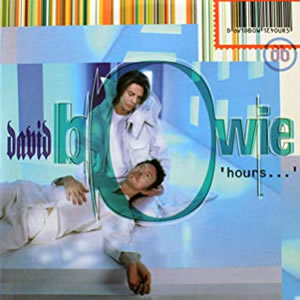
Buy Hours For the 21st studio album of his incredibly eclectic career, David Bowie forged a collection of songs written as the soundtrack for a new video game. Hours was released in October […]
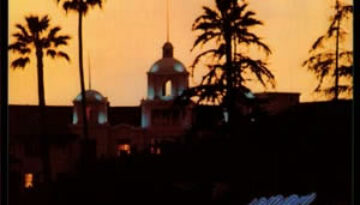
Buy Hotel California Whether it was done intentionally or not, Hotel California came pretty close to being a true concept album by The Eagles. The songs each loosely share the themes of paradise […]
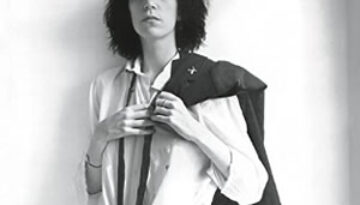
Buy Horses Horses is the 1975 debut album by Patti Smith, an album which has long become considered a breakthrough masterpiece of minimalist originality and poetic improvisation. Smith and her band had no […]
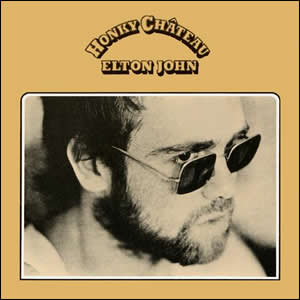
Buy Honky Château Although barely three years into his international career, Elton John was already on his fifth major label album by mid 1972 with Honky Château. It featured John’s regular touring band, […]
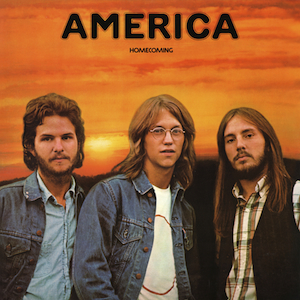
Buy Homecoming America‘s second studio album, Homecoming, showcases the trio hitting their folk-rock stride with a slight nod to some diversified musical sub-genres. Released in late 1972, this album features group added richer […]
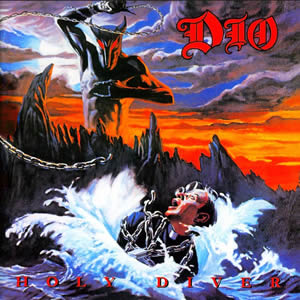
Buy Holy Diver Holy Diver is the 1983 debut studio album by Dio, led by veteran rock vocalist Ronnie James Dio. Drawing on the influences of multiple contemporaries in pop and rock music, […]

Buy Holiday One of the most interesting things about doing all these classic rock album reviews are the little tidbits of information you learn along the way, some of which completely shatter your […]
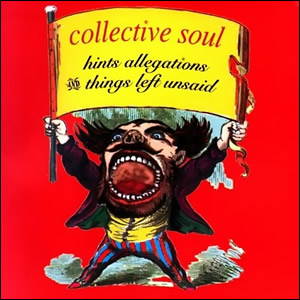
Buy Hints, Allegations, & Things Left Unsaid Perhaps the best sounding “demo tape” of the 1990s (if not all time), Collective Soul forged a great sonic mix on their debut Hints Allegations and […]
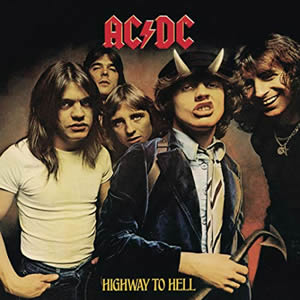
Buy Highway to Hell The first era of the group AC/DC climaxed with their sixth studio album in 1979, Highway to Hell. Displaying the group’s signature riff-driven hard rocker from cover to cover, […]
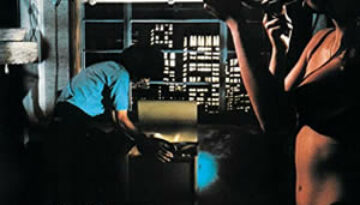
Buy Hi Infidelity Released in late 1980, Hi Infidelity hit commercial pay-dirt for the Illinois-based group REO Speedwagon. The album strikes a nice balance of accessible pop rockers and ballads as the quintet […]